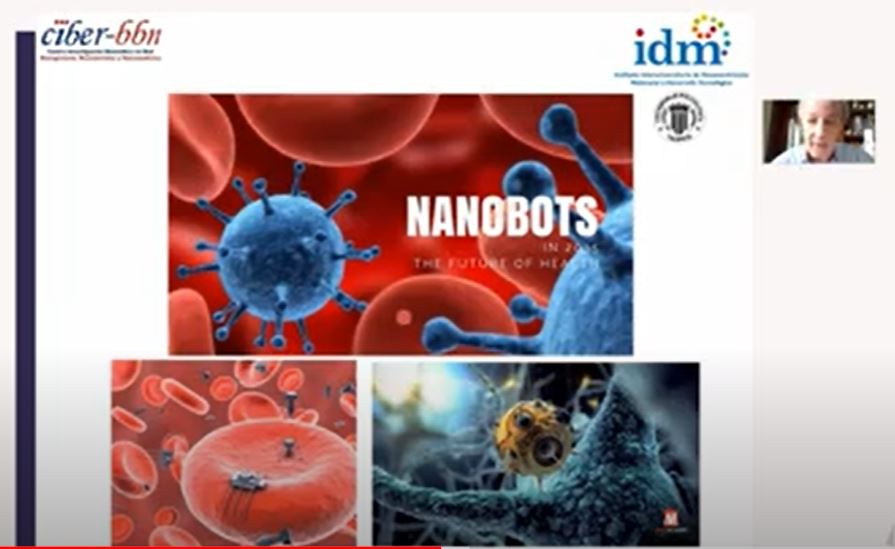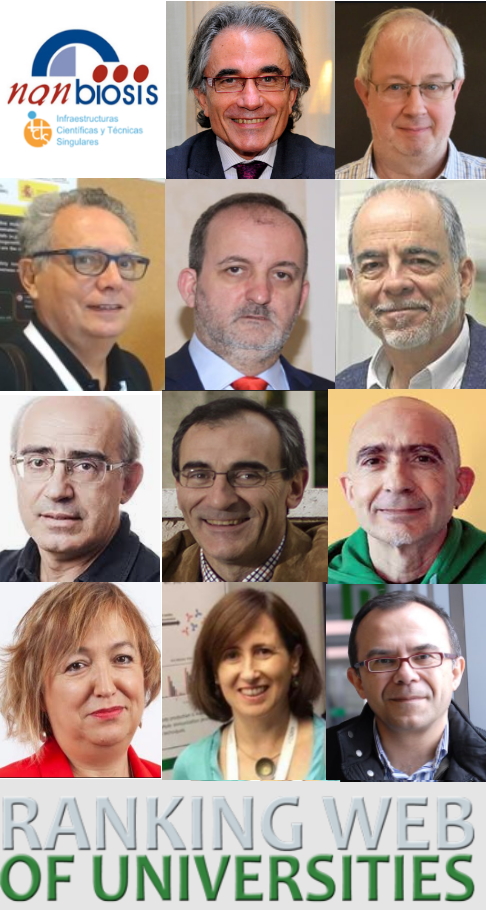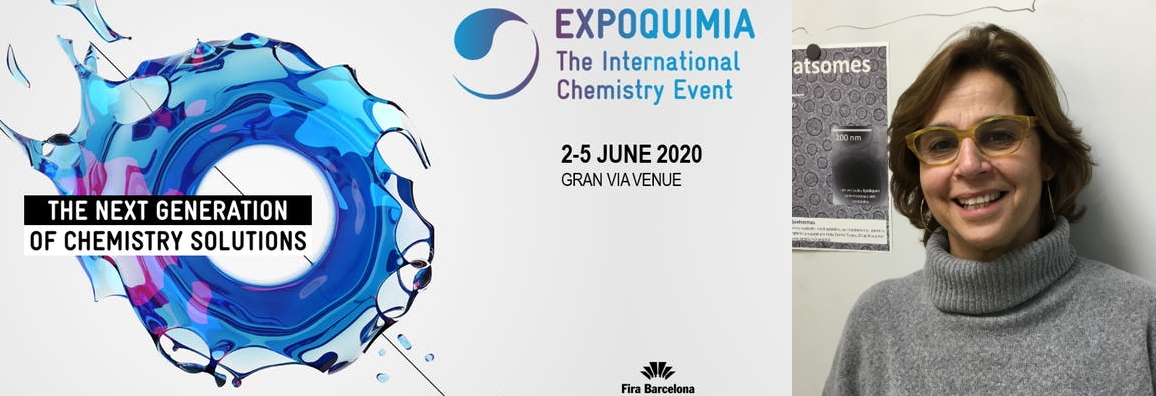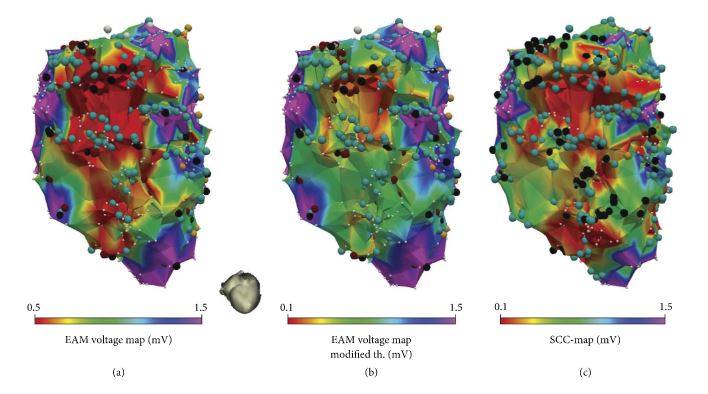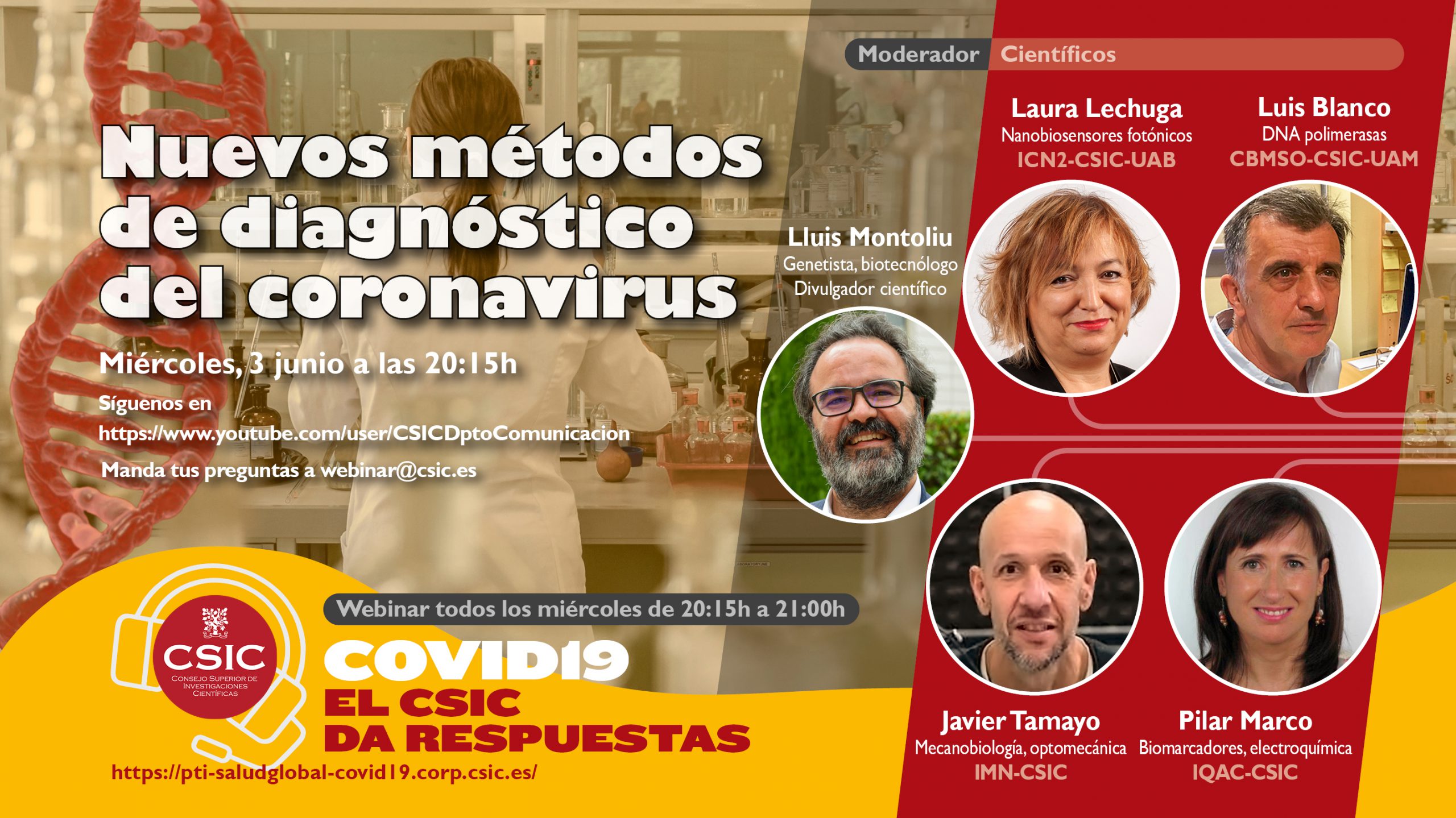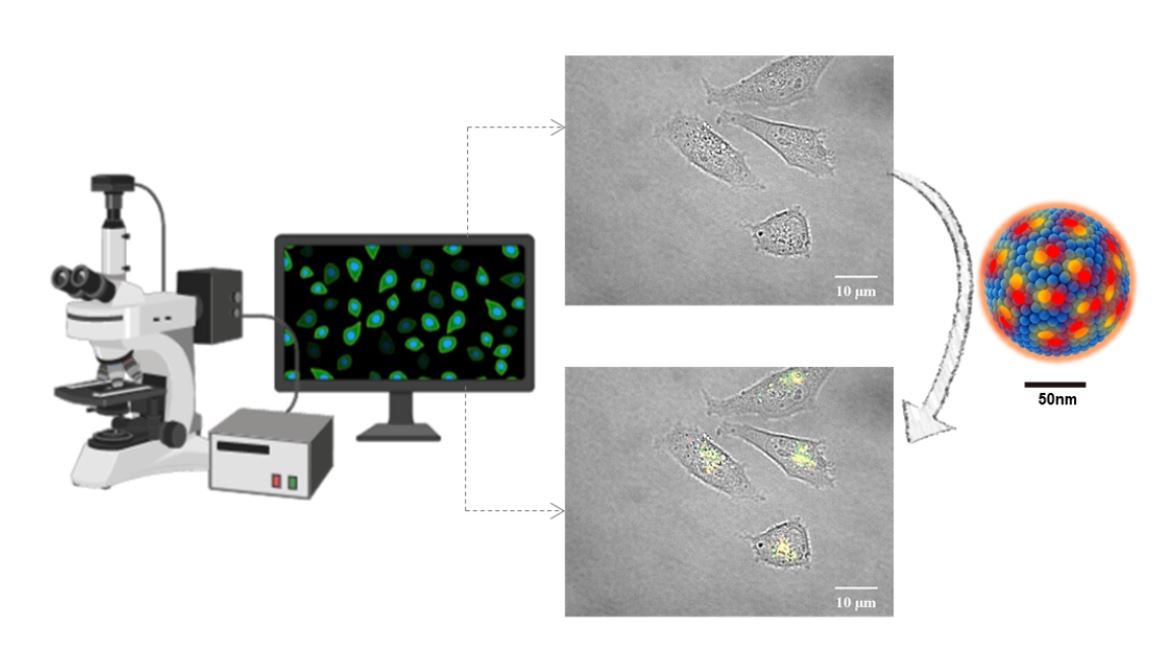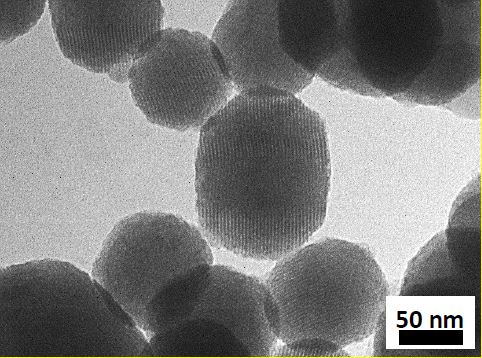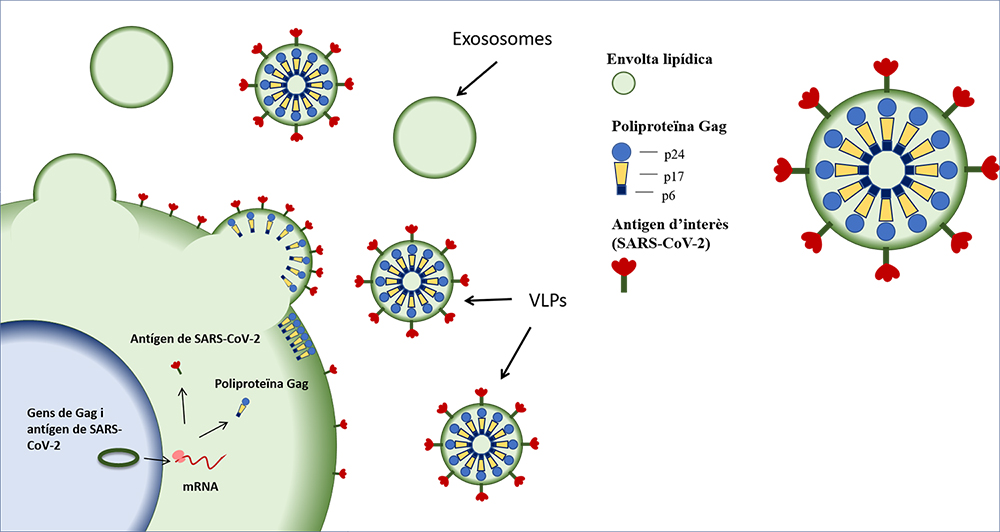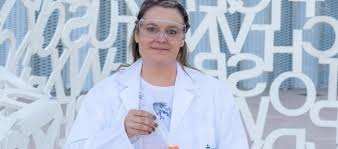Seminar on Molecular probes and gated materials in biomedical applications by Ramón Martínez, now in youtube
Last June 8, 2020, Ramón Martínez Máñez, Scientific Director of CIBER-BBN and NANBIOSIS U26, gave an on line seminar, hosted by Jaume Veciana and Anna Roig will from ICMAB-CSIC on Molecular probes and gated materials in biomedical applications and communication between nanoparticles.
If you missed the seminar, you can see it now on YouTube:
